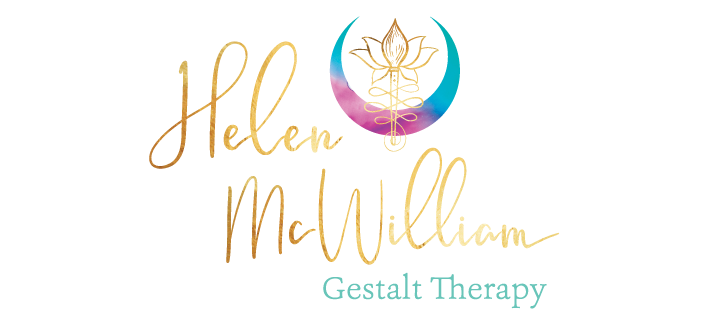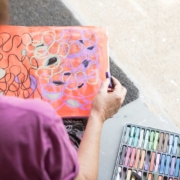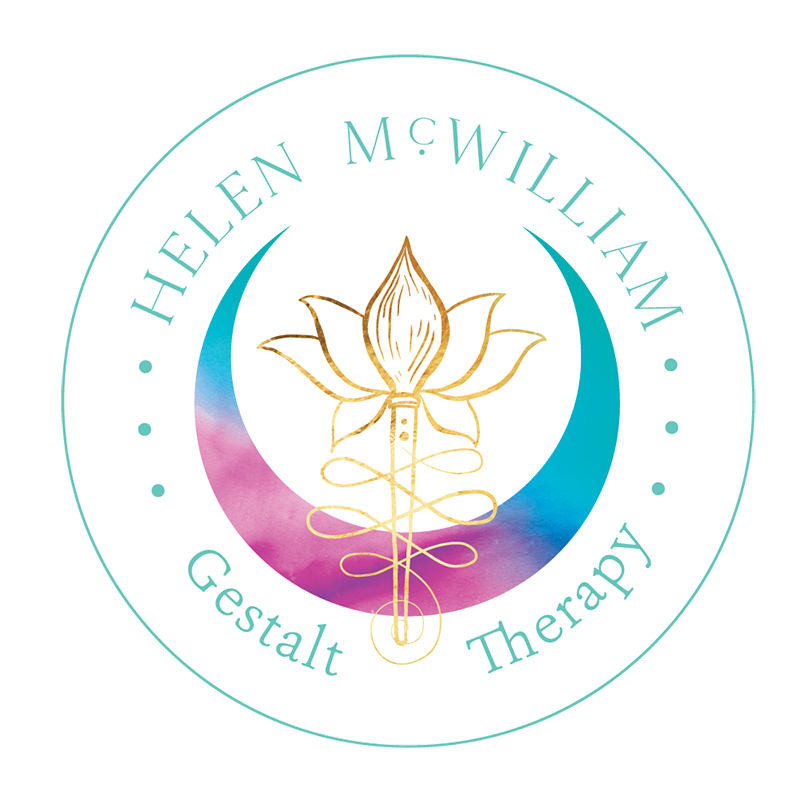The Power of Experimentation in Gestalt Therapy
Why Experimentation Matters in Gestalt Therapy
Experimentation is central in Gestalt therapy, offering a dynamic pathway for clients to explore their inner world and gain new insights. This article explores the significance of experimentation, its theoretical roots, practical applications, and the therapist’s role in cultivating a creative, safe environment. Unlike traditional talk therapy, which emphasizes narrative and cognitive insight, Gestalt therapy invites the client into direct, embodied experiences. Experimentation bridges the gap between knowing and doing—it helps translate insight into action, fostering a felt sense of change that can ripple outward into the client’s daily life.
The Roots of Experimentation: Learning Through Experience
Gestalt therapy draws from experiential learning theory. Kolb’s learning cycle—involving concrete experience, reflection, conceptualization, and experimentation—mirrors the process used in Gestalt sessions. This approach emphasizes the unity of body, mind, and soul. Humans learn through experience, and Gestalt therapy supports clients to explore unresolved emotions and behavioural patterns. Experiments help clients move beyond habitual responses and try new ways of being. The aim is not performance, but greater awareness and integration.
Creating Space for Discovery in the Therapy Room
Experiments in Gestalt therapy are co-created experiences that emerge from the unique relationship between therapist and client. Rather than being scripted, they arise in response to the present moment. These may include role-play, guided imagery, metaphor, dream work, or creative media. The “empty chair” technique invites dialogue with parts of the self or with imagined others. Movement and drawing can help give form to inner experiences that are difficult to verbalise. By engaging physically and emotionally, clients step outside of entrenched patterns. The experiment becomes a rehearsal space—a way to try out new responses and observe their effects. This process opens the door to insight, self-support, and integration.
The Therapist’s Role: Holding Space for the Unknown
The therapist collaborates with curiosity and care. Safety and trust are essential—particularly when clients explore unfamiliar territory. A grounded, present therapist makes risk-taking possible. Gestalt values the client’s capacity for self-regulation and growth. The therapist helps the client stay with their experience, reflect on new awareness, and explore how to carry it forward. Therapists also support clients in linking discoveries from experiments to daily life. This might involve noticing how a new posture or tone of voice supports a real-world interaction.
From Insight to Integration: The Impact of Trying Something New
Experimentation allows clients to experience themselves in new ways—more expressed, more connected, or more whole. Rather than only talking about change, they begin to embody it. These lived moments often lead to insights that may not arise through verbal reflection alone. Not every experiment leads to a breakthrough. Some deepen awareness, others plant seeds that surface later. A client may leave with a new image or feeling that shifts something internally over time.
Example: Finding One’s Voice in a Safe Space
A client shares her acute discomfort following a recent group gathering, describing how small and silenced she felt. Rather than staying with words alone, the therapist arranges several cushions on the floor, each representing someone from the group. Gently, the client is invited to choose one cushion to represent herself, and then place near it the cushions she feels safest with.
As she moves the cushions, her body shifts—her breathing deepens, her stance becomes more grounded. In this field she creates, she begins to speak, first to the cushions representing those she trusts, then gradually to those she finds more challenging. Her voice trembles at first, but as she continues, her tone grows steadier. Finally, she stands up, moves into the centre of the “group,” and says clearly what she needed to say all along. She laughs afterward, surprised, and says, “That wasn’t so hard.”
Through this simple but profound experiment, the client experiences herself differently: more expressed, more real, more whole. The transformation is not just in what she says, but in how she inhabits herself—standing her ground, speaking her truth, and feeling the embodied memory of doing so. This lived moment becomes a resource she can carry back into real-life interactions.
Example: Drawing the Way Through a Stuck Pattern
A client feels “stuck” in her relationship with her adult daughter. Rather than continue talking, the therapist invites her to explore the feeling through art. Using pastels, she draws a heavy, dark shape. As the drawing continues, the lines lighten. She begins to feel something new—space and release. The image becomes a mirror of her inner state and a reminder that change is possible. She refers back to it in future sessions as a symbol of openness and trust.
Challenges and Considerations in Experimentation
Experimentation must be handled with care. Some clients resist unfamiliar activities due to fear or past negative experiences. Even small shifts in expression can feel exposing. Therapists create a safe environment for these risks. Flexibility is key: what illuminates for one client may provoke resistance in another. Structured or spontaneous, each experiment must be tailored. Sometimes an experiment misses the mark. If it does, the therapist supports reflection and repair. These moments are also rich opportunities for modelling respect and responsiveness.
A Practice of Trust, Creativity, and Embodied Growth
Experimentation in Gestalt therapy offers a living experience of change—felt, tried, and integrated. Role-play, movement, or art can reveal parts of the self that words cannot reach. Experiments open space for surprise and possibility. The therapist co-creates this with presence, curiosity, and care. In a world focused on certainty, Gestalt experimentation honours the slow unfolding of insight. It’s a practice of trust—in the process, the relationship, and the client’s inner capacity to grow. This process is relational. Every experiment affirms the client’s place in a larger field—family, community, culture. When change emerges from authentic contact, it tends to endure.
References
Joyce, P. & Sills, C. (2010). Skills in Gestalt Counselling & Psychotherapy. London: Sage Press.
Melnick, J. & Nevis, S. (1995). Gestalt Methodology. Sage, California
Zinker, J. (1978). Creative Process in Gestalt Therapy. Vintage Books: New York


